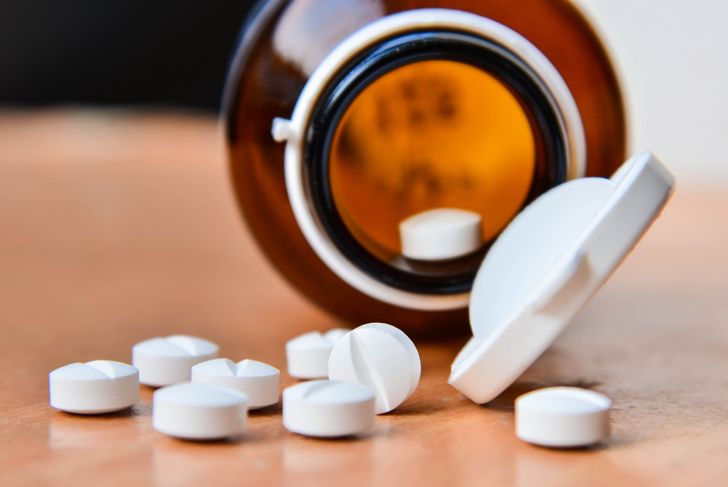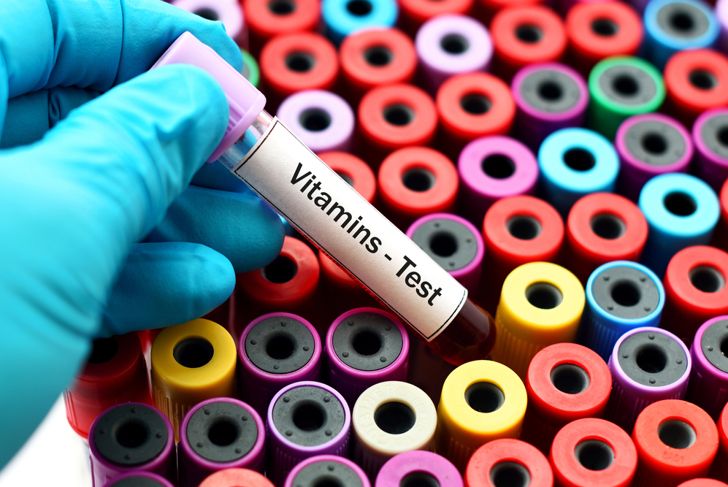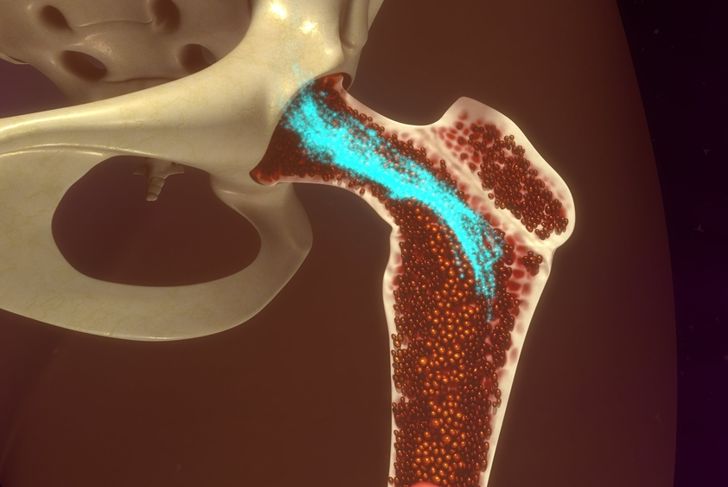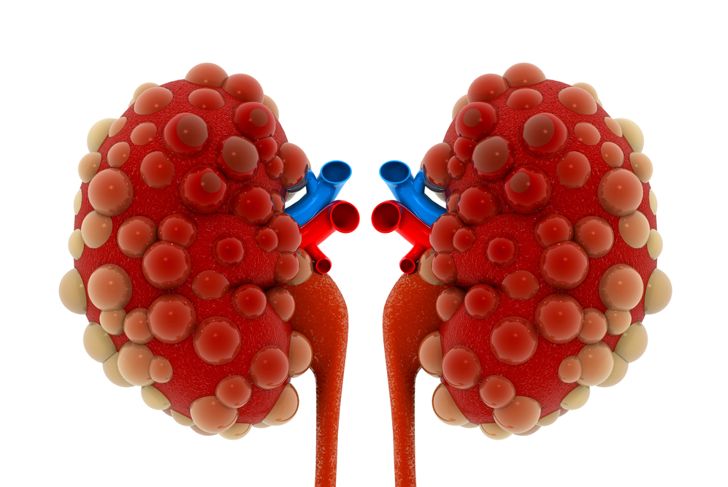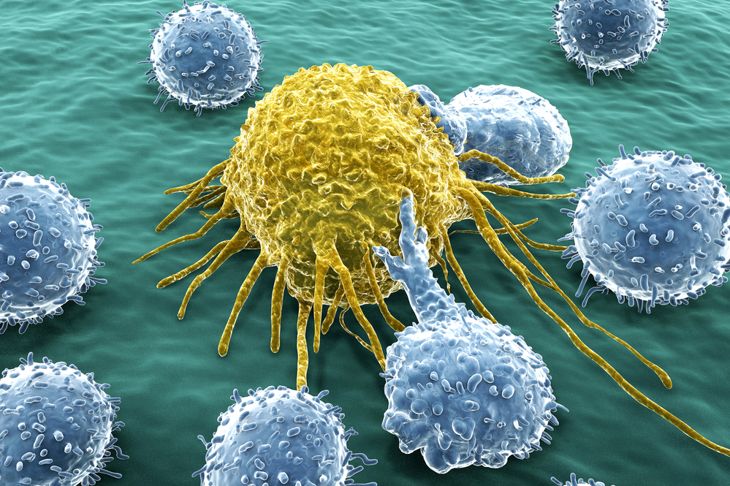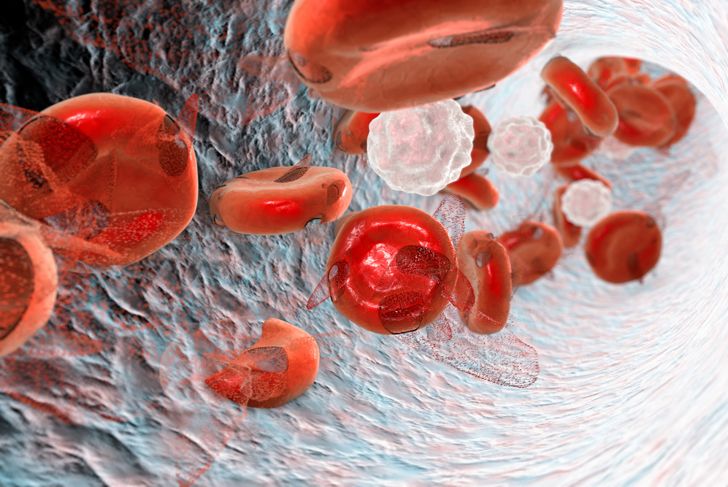Anemia is a lack of healthy red blood cells. Without enough of these essential components, the blood cannot carry enough oxygen to oxygenate all the organs and tissues in the body. This leads to a variety of complications ranging from mild to severe. There are many types of anemia, but they can all be grouped by their three causes: blood loss, destruction of red blood cells, and faulty or decreased blood cells.
Internal Bleeding
Internal bleeding, a possible result of traumatic injury or gastrointestinal disease, can cause anemia. Excessive bleeding can happen over a short period, or the vessels may lose small amounts of blood over an extended time. If left undetected, conditions like gastritis, ulcers, hemorrhoids, and cancer, as well as unidentified internal injuries, can also bleed and lead to anemia.
Medications
Most people turn to over-the-counter pain relievers to ease headaches and muscle cramps and help prevent heart attacks and strokes. However, recent studies indicate prolonged use of some non-prescription drugs can damage the gastric walls and increase the risk of major bleeding, which can lead to anemia.
Menstruation and Childbirth
For many women, a monthly period, pregnancy, and childbirth are normal events. However, under certain circumstances, any of these can lead to anemia. Excessive bleeding during a period results in significant blood loss in a relatively short time. If this occurs on a monthly basis, it can significantly deplete iron levels, which in turn reduces hemoglobin and red blood cell production, causing anemia. During pregnancy, the growing baby may deplete the mother’s iron stores, as well. Excessive blood loss during childbirth can also have adverse effects on red blood cells levels.
Iron Deficiency
Iron deficiency anemia is among the most common types of anemia. It develops when there is too little iron in the body. The most common cause of iron deficiency anemia is blood loss, although in some cases it is caused by poor absorption of iron. Increasing iron intake is fairly simple. By incorporating leafy greens and cooking with cast iron, one can increase consumption of this essential mineral. However, animal sources (ie meat, fish) contain “heme iron,” which is better absorbed in the body compared to “non-heme iron” from plant sources. Iron supplements are also available.
Vitamin Deficiency
Pernicious anemia develops when the body cannot absorb enough vitamin B12, and it is an autoimmune condition. In some cases, vitamin deficiency is the result of a diet that does not include enough folate and B vitamins. This condition can also develop secondary to a digestive condition such as celiac or Crohn’s disease because the body can’t properly absorb the B12 and other nutrients from the foods you eat. In some cases, the body cannot process the vitamin efficiently.
Bone Marrow Deficiency
Bone marrow contains stem cells, and stem cells develop into red blood cells that carry oxygen throughout the body. A bone marrow deficiency leads to anemia because it interferes with the body’s ability to adequately produce blood cells. In aplastic anemia, the bone marrow does not make red blood cells; in lymphoma, the disease spreads into the bone marrow, affecting the production of blood cells.
Chronic Kidney Disease
Anemia will often develop in people with advanced kidney disease; the damaged kidneys do not produce enough erythropoietin hormone. Erythropoietin prompts the bone marrow to make red blood cells, thus a deficiency of this hormone leads to anemia, which worsens as a person reaches partial or permanent loss of kidney function. At this stage, the condition requires dialysis or a transplant. Anemia that results from kidney disease will often create heart and muscle complications. Raising iron levelswith red blood cell transfusions and dietary changes can help alleviate the anemia symptoms, as can injections of synthetic erythropoietin.
Other Diseases
Common diseases that interfere with the production of red blood cells include diabetes, HIV/AIDS, lupus, cancer, and other infections. Inflammatory diseases such as rheumatoid arthritis and Crohn’s disease may also lead to anemia.
Destruction of Red Blood Cells
Hemolytic anemia is a condition in which red blood cells are destroyed faster than the body can make them. The damage of red blood cells is called hemolysis. Hemolytic anemia can be present at birth or develop later in life. Kidney and liver disease can cause this kind of anemia. Exposure to certain chemicals or drugs, tumors, severe burns, various infections, autoimmune diseases, and some blood disorders are all causes of red blood cell destruction.
Old Age
Anemia is a common problem in older adults. A wide array of factors may contribute to anemia in this population. Diets insufficient in red meat and leafy greens can cause anemia due to reduced iron and vitamin B12. Additionally, older people are more susceptible to chronic diseases, which can lead to anemia. Gastrointestinal bleeding is another common cause of anemia in the elderly. Anemia should be treated promptly because it aggravates heart conditions and cognitive impairments, common conditions in older adults.

 Home
Home Health
Health Diet & Nutrition
Diet & Nutrition Living Well
Living Well More
More
